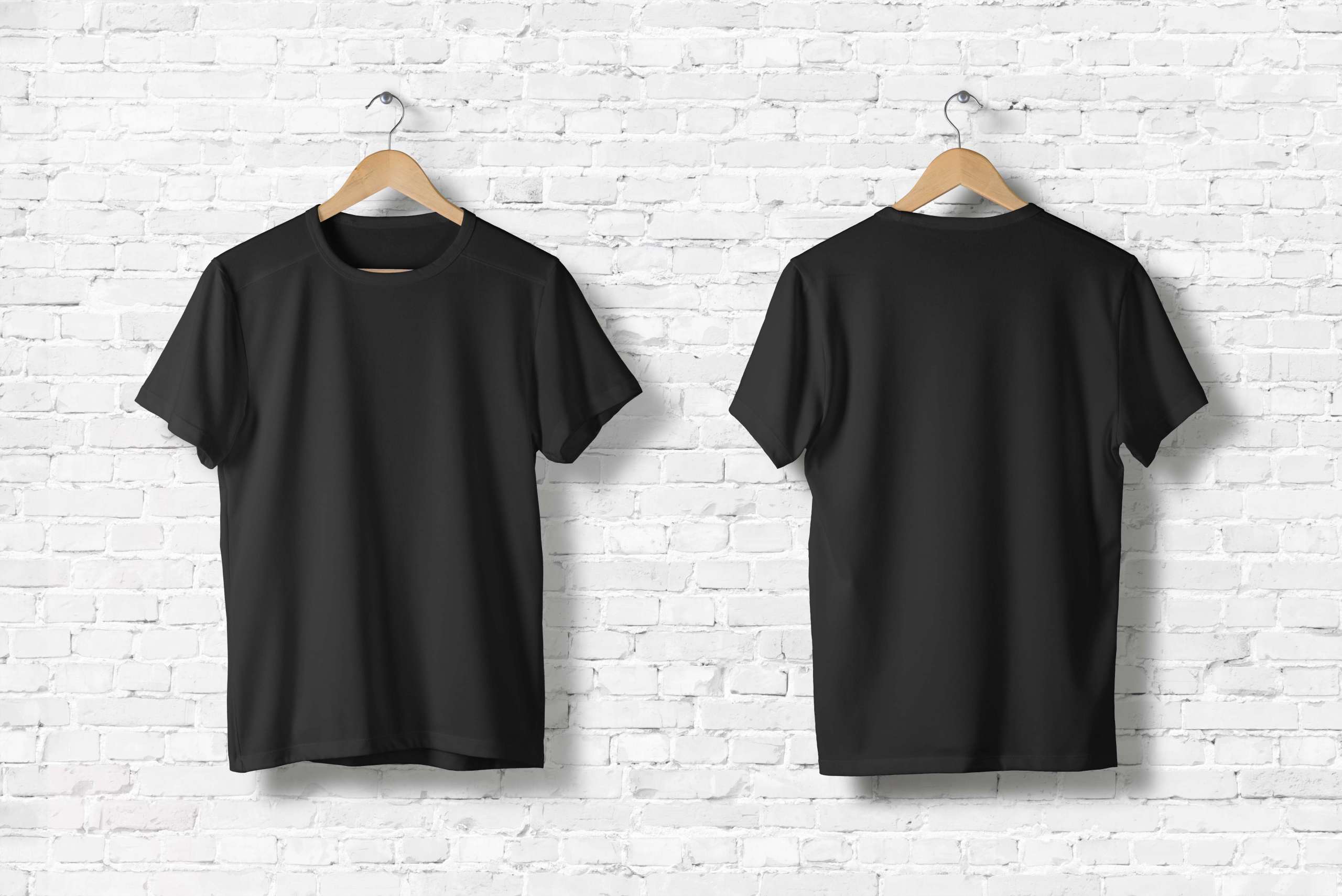How do I put my Logo on Clothes?



Logo plays a pivotal role for any brand or business. In a highly competitive entrepreneurial environment, a logo sets your brand apart from all the others. It showcases the quality of the products and brand values. Moreover, the thought process of the brand clearly reflects in its logo. It furthermore has a psychological relevance that can help the brand get noticed.
A logo, being the first thing that consumers set their eyes upon in any product, is crucial to make a lasting impression that stays afresh with them for a long time. A finely designed logo has the capability of drawing customers’ attention even before the brand name. Hence, it is significant to make logos a ubiquitous element of businesses.
Take, for example, the renowned sports apparel brand Nike. The brand does not have to include the name on its apparel to get recognized. The name itself is capable of performing wonders. The logo speaks for itself.
Logos on clothes are indispensable, and so are the techniques with which they are printed. There are several logo printing techniques that fashion brands can opt for, to offer an intimate experience to their customers. Below are some of the frequently used methods that can help put logos on clothes.
8 Ways to Put Logo on Clothes

Transfer Printing
As the name suggests, the logo, through this technique, is transferred onto the textile from a paper. The method involves the use of a special transfer paper over which the logo can be designed. The best part of using this method of printing is that even with the use of a standard printer available in the household, one can print a logo design on the transfer paper.
Once the transfer paper is designed, the forthcoming step involves transferring the design to the fabric that is done with the help of heating. The heating process softens the pigment on the paper and thus gets transferred to the fabric. In contrast with other techniques, heat transfer is simple and does not require effort. On the contrary, precautions are essential for the ironing of such fabrics as the pigment is heat sensitive. And the quality of the print can deteriorate with excessive heat.
Block Printing
Block printing is a method that is widely used for printing on fabrics. The technique was primarily used in China around the 3rd century AD. Later, it gained fame and travelled across boundaries to become a mainstream printing method adopted in Asia, the Middle East, and Europe. Apart from printing logos on clothes, block printing is also an art form that a wide variety of people enjoy practising.
The method involves using blocks of wood, linoleum, or rubber with the design of the logo carved. Dip the block into the dye or ink for printing the fabric, and that is the logo on the fabric. One of the biggest advantages of using this method for printing logos on clothes is that it is less time-consuming. Nevertheless, since the process is manual, no two logos might look the same. There can be slight differences in the patterns.
Embroidered Logo
Another classy and elegant way of printing logos on clothes is by not printing them at all but by embroidering them into the fabric. In this process, the logo design is hand embroidered to give a much flamboyant appearance to the textile. The rich and lush appearance that embroidered logos give is simply irreplaceable. They stand out from other printed logos.
Furthermore, embroidered logos are much more durable and there is no decline in the quality even after a long time. However, on the other hand, getting embroidered can be expensive and time-consuming as logos are hand-embroidered. Moreover, embroidery requires skilled labour that might be difficult to find.
Engraved Roller Printing
The engraved roller printing technique came into use for textile printing in the late 19th century. In this method, a copper cylinder is engraved with the logo design. After the cylinder has the design engraved, it is electroplated to ensure its durability. The printing machine is then laden with cylinders with engraved designs. There exists a prime cylinder that is connected with a large gear and is responsible for driving all the other cylinders. Different cylinders are responsible for printing different colours of the logo. Smaller cylinders are connected with colour troughs, that while moving, transfer the colours to the engraved cylinders. The regulation of the main cylinder is responsible for the regulation of all the connected cylinders that facilitate the printing process of logos on clothes.
Although this method is capable of printing textiles with the most appropriate designs and fine printing, the high cost involved with the printing technique has led to its reduced use.
Screen Printing

Originally known as silkscreen printing, the technique facilitates logo printing on clothes with the help of a stencil and a mesh. The design is transferred onto the fabric through a mesh while a blocking stencil is used to obstruct printing in areas where it is not required. The screen is engraved with the logo design. One screen supports printing with a single colour. For multiple-colour printing, different screens are used. The liquid is then evenly spread on the engraved screen. By putting even pressure all across the screen, the design is printed on the fabric.
This method of logo printing is more suitable for single-colour logos as the use of multiple colours also requires multiple screens. Furthermore, the print that one gets using this technique is lasting. It is also suitable for designs that have sharp edges and are a bit complicated for printing. Screen printing is additionally economical for large-scale enterprises, but for small-scale businesses, the technique might turn out to be a little expensive.
Digital Ink-Jet Printing
In the modern-day, digital ink-jet printing is one of the most accepted methods of textile printing. The method involves the use of 60-84 inches wide machines for printing. These machines are similar to the regular printers that are used for printing regularly. However, the digital ink-jet printers are much bigger. The logo design is printed using the CAD system.
The method facilitates changing of designs without any waste of printed textiles. Despite the many benefits and the ease of ink-jet printing, the technique involves some technical drawbacks like the cost of the printer being high. As a result, small organizations cannot opt for this method of printing logos on clothes.
Furthermore, other problem areas include clogging of nozzles, speed of the machine, reusing of the inks, etc. In addition, the dyes currently available easily smear. Consequently, before the printing process takes place, the fabric is treated with chemicals like sodium alginate.
Reactive Printing
Reactive printing is another method using which one can get their logos printed on fabrics. In this technique, a binder is used for precoating the textiles. Later, with the help of heat, the pigment sticks onto the fabric and this permanently prints the logo to the cloth. The method is more durable and allows printing of much stronger and more vibrant colours.
Sometimes, pretreatment of materials with chemicals might be required for reactive printing to take place. Most often, the technique is used for printing over cotton textiles. The method furthermore ensures the durability of the prints. Nevertheless, on the contrary, the process might not be easy and economical as it involves not only pretreatment with expensive chemicals but also post-treatment. The process, in addition, is not necessarily easy to carry out.
Pigment Printing
Pigment printing is one of the digital printing methods for designs on fabrics that has gained fame in the textile industry for all the appropriate reasons. The pigment method of printing logos involves the use of insoluble colour particles added to those areas of fabric that require printing. The use of the adhesive, binding agent or resin keeps the colours intact and stuck to the fabric.
The technique of printing logos on clothes comes with numerous benefits. It is cost-effective and gives off vibrant logos that are durable also. Moreover, the process does not involve any complicated procedures hampering the speed. It is easy. On the contrary, there are chances that over-using of the pigment on the fabric might result in the cracking of the prints.
The above mentioned are some of the widely used ways with the help of which one can print logos on clothes. To offer a personalized experience to the user, many brands and small-scale organizations even offer hand-printed logos to the customers. Hand printing requires skilled personnel and a lot of time. Therefore, it is not one of the most used techniques, however, it certainly offers users a distinct experience that can create a lasting impact.
Conclusion
All methods have their pros and cons. But the suitability of the aforementioned techniques depends on multiple factors like the size of the business, budget of an enterprise, personnel available, etc. Hence, the personal conditions of a business are the determining factors for deciding the best alternative for printing a logo on clothes.



















